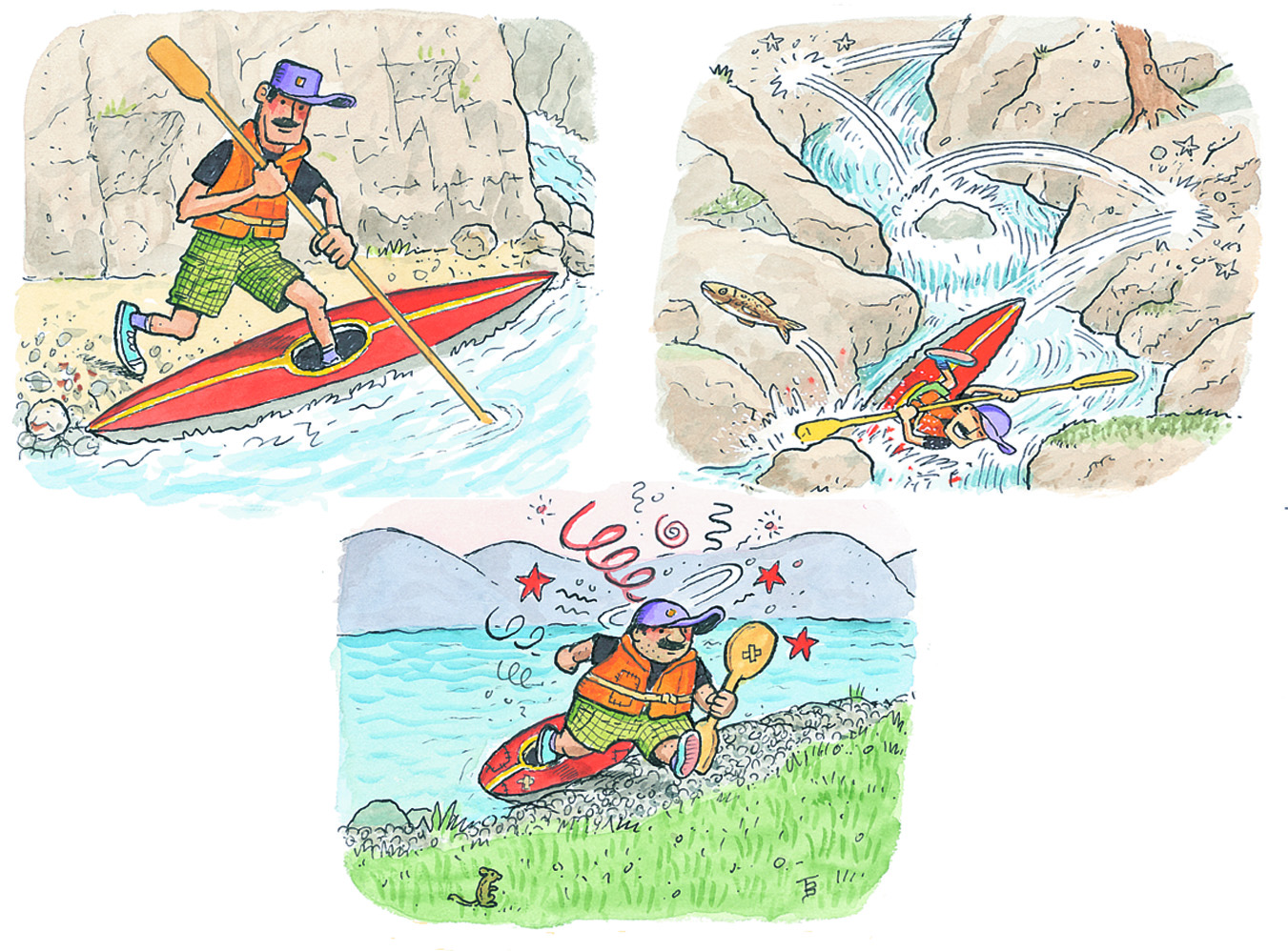
Overview
In this section you will find materials that support the implementation of EarthComm, Section 6: Sediments in Streams.
Learning Outcomes
- Use a model to describe how moving water affects particles of sediment in streams.
- Carry out an investigation to classify sediment from a river in your community according to roundness and particle shape.
- Carry out an investigation to classify sediment from a stream in your community according to particle size.
- Use a model to describe the relationship between stream velocity and the movement of particles on a streambed.
Inquiring Further
- To learn more about sediment clean up after a flood, visit the following web sites:
Flooding: About Cleaning up Yards and Public Spaces, Rhode Island Department of Health
Provides suggestions for what to do when a public space is covered with floodwater.
After the Flood, University of Missouri
Explains how to clean up flooded areas.
Flood Safety Checklist, American Red Cross
Suggestions for dealing with a home that has been flooded.
Recovery After Flooding, EPA
State and local response agencies are the primary responders for people affected by flooding. This site details what to do after flooding to restore safe conditions.
- To learn more about how sediments in a streambed support plants and animals, visit the following web sites:
Sediment Transport and Deposition, Fondriest Environmental
Scroll down to the section "Why are Sediment Transport and Deposition Important?" to learn how too much or too little silts, and other sized sediments affect stream ecology.
Why Rivers are Losing Sediment, Yale University
Describes the impact of dams on the natural distribution of sediments and how this effects river ecosystems.
Effects of Sediement on the Aquatic Environment, USDA
Describes the historical perspective of the effects of silt in rivers on light penetration, temperature adjustment, electrolytes, bottom conditions, and retention of organic matter. Contains useful figures on stream reach, bed materials and use by fish (Table 4) and composition of aquatic organisms by stream number (Figure 8).
Resources
To learn more about this topic, visit the following web sites:
Sediment Size
Experiments with Particle Settling, SERC Carlton
Activity for investigating the settling rate of sediments of different sizes and in different mediums.
Transportation of Sediment by Streams
Why is Streamflow Important?, EPA
Describes how to investigate stream flow in an outdoor stream.
Water Notes, Government of Western Australia
Discusses erosion, transport, and the effects of sediments in stream. Includes an example of vegetation preventing erosion after a flood of a river in western Australia.
How Streams Reduce the Sizes of Sediment Particles
Stream Processes and Flow Basics, Columbia Univ.
Describes discharge and stream competency using Hjulstrom's diagram.
Downstream Changes in River Characteristics, Tulane Univ.
Section on "Changes Downstream" gives an overview of how stream dynamics and particle sizes change downstream.
